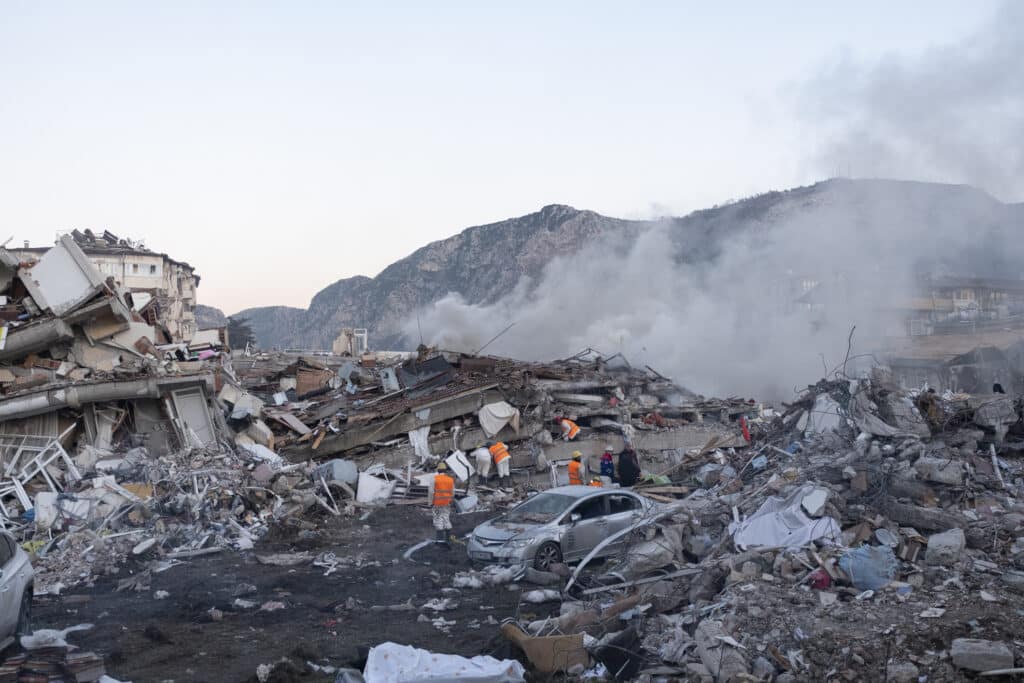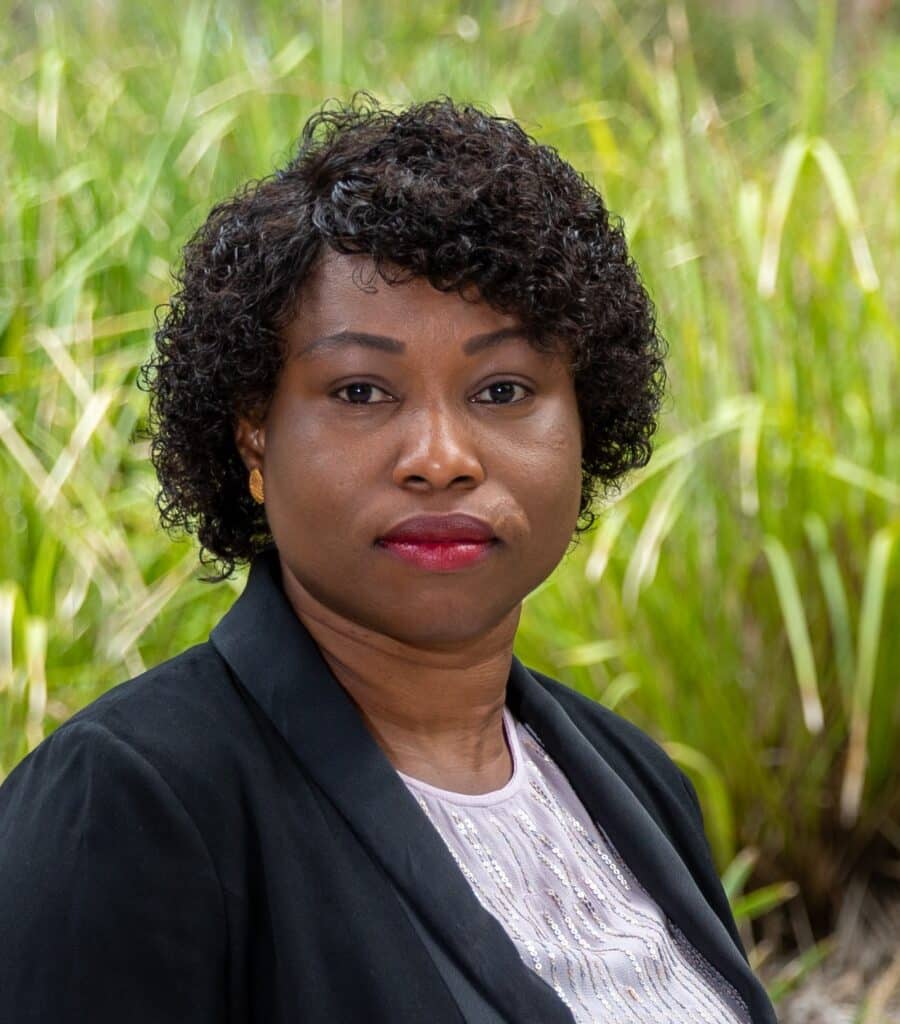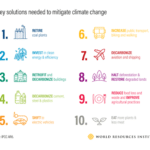Moving on from Emergency Response in Turkey and Syria: Holistic Approach Paramount to Safeguarding and Rebuilding
By Prof. Temitope Egbelakin
University of Newcastle, Australia
The Twin Turkey-Syria Earthquakes provide an opportunity to not just rebuild better, but to develop a new collaborative system that promotes resilience of the built environment and building the adaptive capacities of communities to multiple hazards, environmental and societal challenges.

It’s about six weeks since the two devastating earthquakes struck southern and central Turkey and northern and western Syria, killing more than 54,448 people; around 47,189 in Turkey and 7,259 in Syria,[1] amidst thousands of casualties. These quakes also caused widespread damage to critical infrastructure and about 240,000 buildings in both countries.
Turkey and Syria’s vulnerability to earthquake have always been known to seismologists and disaster professionals, yet the scale of the devastation caused by these quakes are alarming.
In Turkey, earthquake-resistant building code for new and existing building was enacted in 2018. Yet building vulnerability to earthquake persist as demonstrated by this disaster. For instance, in the videos and pictures following the earthquakes, we saw multi-storeys built post-2018 collapsed like a pack of cards, which suggested that these buildings have insufficient seismic capacity.
These earthquakes have raised questions around the enforcement and implementation of Turkey’s earthquake-resistant building code. In Syria, compliance to building regulation and standards are almost impossible with over ten years of continuous conflict, and the scale of damage in the country’s north-western region is not surprising.
Moreover, the heavy rainfall and subsequent flooding in the earthquake-affected areas of Turkey have resulted in fourteen deaths and secondary displacement, consequently increasing the vulnerabilities of the communities amidst other compounding crises. Over 3.2 million people are currently experiencing internal displacement in both countries1.
These findings are concerning because they highlight heightened vulnerability levels of the built environment, as well as the communities residing in the affected areas of Syria and Turkey prior to, and after this disaster.
Learnings and moving forward
As we all know that earthquakes do not kill, poorly design buildings do, this Twin Turkey -Syria earthquakes provide opportunities for reflection and learnings. As the emergency response phase winds down, immediate work should include;
- urgent risk-management practice should be implemented to rapidly assess the vulnerability of existing buildings in the affected regions, and areas where the earthquakes and aftershocks were felt. Decisions to safeguard these buildings should be developed and properly implemented.
- the reassessment of the different region’s vulnerability to seismic hazard post-earthquake and aftershocks
- review and reappraisal of the building code and implementation approaches used by government agencies especially in Turkey, and greater attention should be given to the seismic designs recommended by professionals and approved by regulatory authorities.
As the journey into the recovery, rehabilitation, and reconstruction phases begin, this is an opportunity to integrate disaster risk reduction measures for multiple hazards into the restoration of physical infrastructure and societal systems, and into the revitalisation of livelihoods, economies, and the environment, in a way that promotes liveability.
It is also important to consider investing in building the adaptive capacity of these communities so that they can actively prepare and recover from adverse situations such as these earthquakes.
The road to rebuild and recovery is often long and people tend to forget the impacts of disaster amidst other life issues and priorities. Importantly, this is the opportunity to promote the rise and use of policy entrepreneurs at all levels of government and constituencies that would continually initiate favourable political support and mobilize resources for disaster risk reduction long after the earthquake news subsides.
Policy entrepreneurs could continue to frame seismic risk mitigation as a prominent issue on community agendas. They would increase the salience of seismic risk issues, facilitate changes to people’s perception of risks and consequently enhance behavioural intentions to adopt seismic adjustments.
In summary, adopting an integrated approach during the recovery and post-disaster reconstruction phases is paramount. All relevant stakeholders including researchers, disaster resilience professionals, regulatory and government officials, insurance and finance organisations and communities must work together to collaboratively foster strategies to build a safer future.
[1] USAID’s Situation Report: Türkiye and Syria – Earthquakes Fact Sheet #12 Fiscal Year (FY) 2023 Published on March 17, 2023
About the author

Prof. Temitope Egbelakin is a member of CIB Working Commission W120 – Disasters and the Built Environment, and she is a Professor in Disaster Resilience at the University of Newcastle, Australia, which is an Associate Member of CIB.


